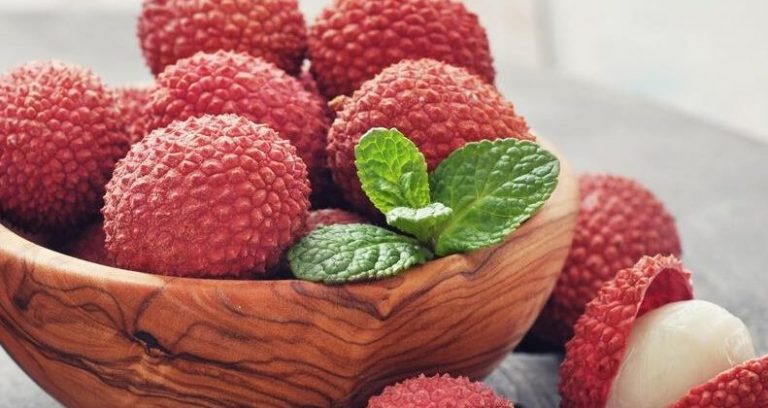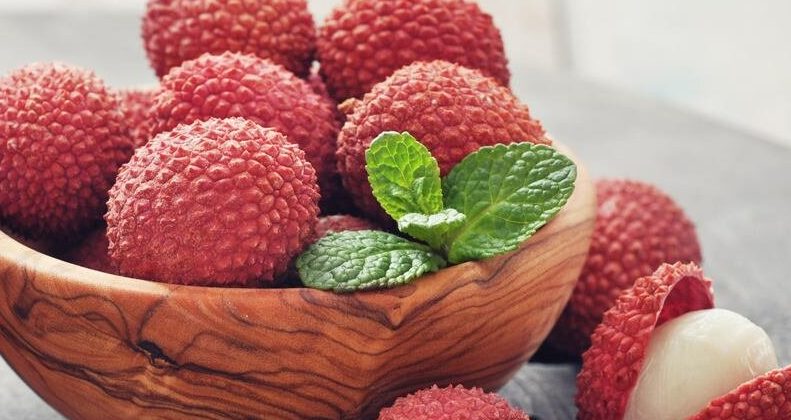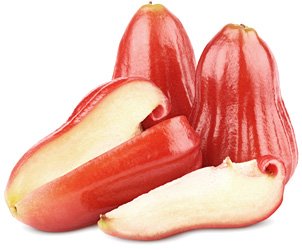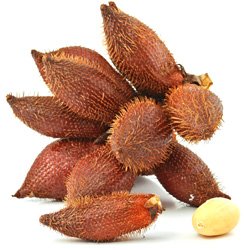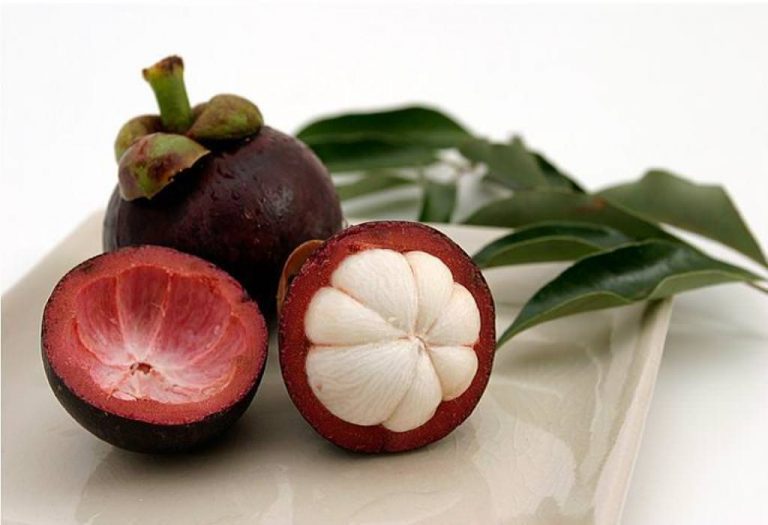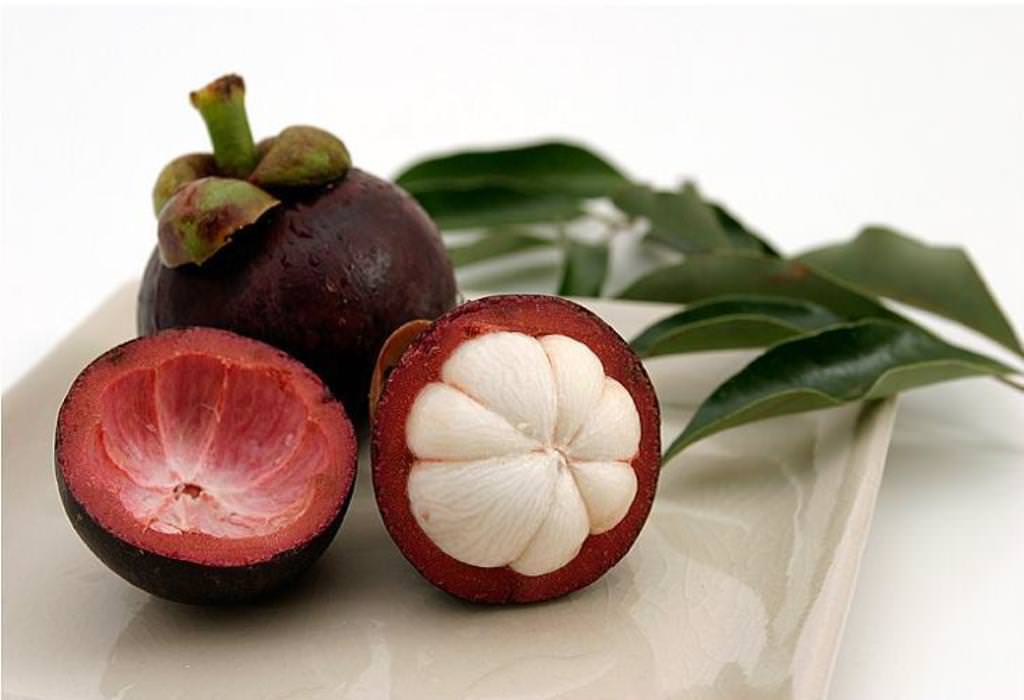You don’t need to go to a restaurant to eat in Bangkok. It is enough to walk along most of the streets in the Thai capital and you will be faced with a mass of stalls that add their own touch to the pulsating atmosphere of the city. You can try one of the many types of noodles including chicken, duck, and egg noodles. Street food is great, but what if you want to try some of the food in Bangkok’s best restaurants? Then there will certainly be no shortage of choice as you are surrounded by restaurants serving national cuisine including French, Italian, and Japanese as well as traditional Thai food. We have selected the 10 best restaurants in Bangkok for you.
Never-Ending Summer Bangkok
The Never Ending Summer has added traditional country food to a modern culinary aesthetic to create delicious dining experiences for guests. The Never Ending Summer Hotel is located in the Jam Factory Refurbished Industrial Buildings on the west bank of the Chao Phraya River in Bangkok. attracts an eclectic audience with strong fans from both the trendy young Thai community and the sophisticated traveler.

opening hours: 11:00 – 23:00 daily
Location: 41 5 Charoen Nakhon Road, The Jam Factory
BTS Subway: Saphan Taksin (after getting off, take the free shuttle to Millennium Hilton. After arriving at Hilton Pier, walk right along the river, pass Klongsan Market, and then to The Jam Factory)
phone: +66 (0) 2 861 0953
Sala Rim Naam
Sala Rim Naam Restaurant, located in an elegantly decorated pavilion across the river from the hotel, serves great Thai food. A Thai lunch buffet is served daily at the restaurant. In the evening, guests can enjoy gourmet cuisine as well as Thai culture and local dancers.
Guests visiting the restaurant after 18:30 are kindly asked to choose elegant outfits and shoes. We recommend that men wear trousers and closed shoes.
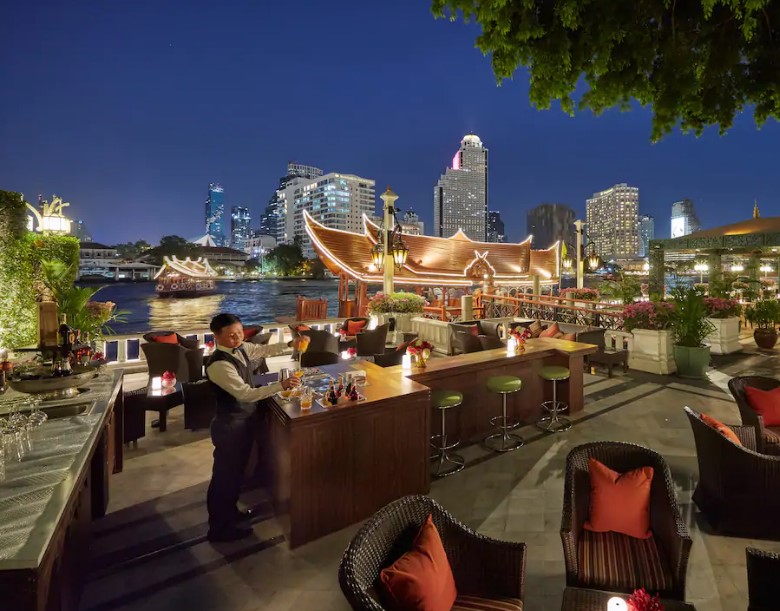
Opening hours: Lunch 12:00 – 14:30; Dinner 19:00 – 22:30, show starts 20:15 – 21:30
Address: Mandarin Oriental Bangkok, 48 Oriental Avenue, Bangkok 10500
phone: +66 (0) 2 659 9000 ext. 7330
Cuisine: Traditional Thai
Savoey Thai Bangkok
At Savoey Thai Bangkok Restaurant you will find excellent Thai cuisine from a menu that contains all the best dishes from every region of the country. However, the very best menu items at Savoey Bangkok are fresh seafood. Specifically, the yellow crab curry, fried sea bass, and fresh oysters are all surprisingly fresh and cooked with a mild seasoning that won’t make you fill your mouth with icy water. You can comfortably eat here on a 500 baht per person bill, which is excellent value for money considering the quality of the food.

working hours: 11:00 – 21:00
Location: Riverside, 2nd Floor, Building ‘G’ Tha Maharaj Lifestyle Mall, Maharaj Road
phone: +66 (0) 2 024 1317
Thara Thong Bangkok
A restaurant specializing in Thai cuisine. The hall is designed in Thai style: tables are low, poufs on the floor. In the lobby bar, you can enjoy your favorite soft or strong drink. Here you can order a variety of snacks and desserts.

working hours: 18:00 – 22:30 daily
BTS metro station: Saphan Taksin
Address: Royal Orchid Sheraton Hotel & Towers, 30 Charoen Krung Road, Soi 30, Khwaeng Bangrak
phone: +66 (0) 2 266 0123
Steve Cafe and Cuisine
Steve Cafe is a great riverside place, Thai food using quality products and prepared with passion.
Of course, Steve Cafe and Cuisine are off the main hiking trails, and most people come here by the river, which is great when navigating from the pier to the restaurant. But the best way is still to spend half a day around the area, which has a lot to see!

working hours: 11:00 – 22:30
Address: 68 Sri Ayuthaya Road, Soi Sri Ayuthaya 21 (Duvet), Vachiraphayabaan, Dusit, Bangkok 10300
phone: +66 (0) 81 868 0744, +66 (0) 2 281 0915, +66 (0) 2 280 2989
how to get there: take a river taxi to disembark at the Dhevet pier and walk along the main street for about 100 meters from the pier, cross the small bridge on your left and continue on to a small path along the canal until you reach Wat Thevarakunchong, and then you need to walk to temple pier.
Saffron Thai
Saffron Restaurant at Banyan Tree Phuket is a cool place. For those who prefer to dine in a luxurious environment, enjoy traditional Thai food recipes, or simply enjoy some quality service, Saffron is ideal. With a modern yet classic ambiance and design, soft music, pleasant lighting, and a far-reaching menu, the structure of this five-star restaurant couldn’t be more complete with an optional wine list.

Saffron serves a variety of delicacies that have their roots in the Thai Royal Courts and dishes popular in the countryside villages, as well as unrivaled favorite homemade recipes, with an exciting and great presentation of the food paramount to the character of the restaurant.
Secret Garden
A restaurant serving delicious and fresh Thai food, good value for money, in Bangkok.
Mostly visited by Asian customers, it has a wide selection of fresh and delicious Thai food at a very reasonable price. The cuisine is traditional with all the classic dishes on the menu, from papaya salad to Tom Yam. This restaurant is a small haven of peace, sheltered from Sathorn Road, located nearby, in a large air-conditioned room or in the shade of a beautiful terrace. Next to the restaurant, there is a tea room decorated in bright colors for a more sophisticated relaxation during the day.
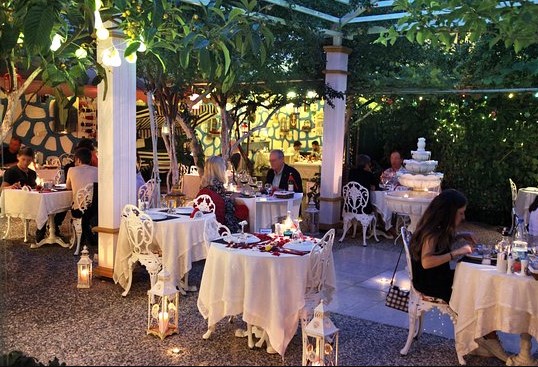
location: South Sathorn Road
hours: 11:00 – 22:00
phone: 02 286 2464
Nahm Restaurant
Consistently ranked among the best restaurants in the world, and with a Michelin-star chef at the helm, Nahm is a Thai cuisine inspired by old recipes with an emphasis on how the flavors and textures of premium quality ingredients interact with each other. Whether you are a longtime visitor to Bangkok or your first taste of traditional Thai food, Nahm will surprise and delight you with its fantastic food.
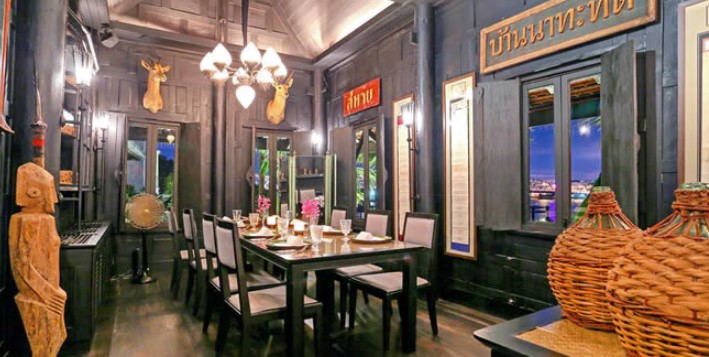
Opening hours: Lunch – 12:00 – 14:00, Dinner 19:00 – 22:30
Address: Ground Floor, COMO Metropolitan Hotel, 27 South Sathorn Road, Bangkok
Phone: +66 (0) 2625 3333
Blue Elephant Bangkok

The building of the old colonial-style mansion, which houses a restaurant and a culinary school, is in itself worthy of a separate visit. But if you consider that behind its centuries-old walls hides one of the best restaurants in Bangkok, where you can taste dishes of Thai royal cuisine, then this place simply must appear in the route of any self-respecting gourmet.
Opening hours: 11:30 – 14:30 and 18:30 – 22:30
BTS metro station: Surasak
Address: 233 South Sathorn Road, Bangkok, Thailand 10120 Tel: +66 2 673 9353
Le Du
Le Du is a new rising star in Bangkok’s culinary scene and you better go there now as vacancies are getting harder to find. Despite the French-sounding name, Le Du is not a French restaurant at all … Le Du means “Season” in Thai, and categorizing its cuisine is a little more complicated. It can be defined as a young creative kitchen with Thai roots with touches from many international cuisines.

Hours of operation: Mon-Sat 18:00 – 23:00 (Last order 22:00), Closed on Sundays
BTS Subway: Chong Nonsi exit 4
Address: 399/3 Silom soi 7, Silom, Bangrak, Bangkok
Phone: +66 (0) 92 919 9969
How to get there: The restaurant is hidden but very close to Chon Nonsi BTS. Take exit 4 and walk a few meters until 7-11. Enter the small street and walk another 20 meters.


